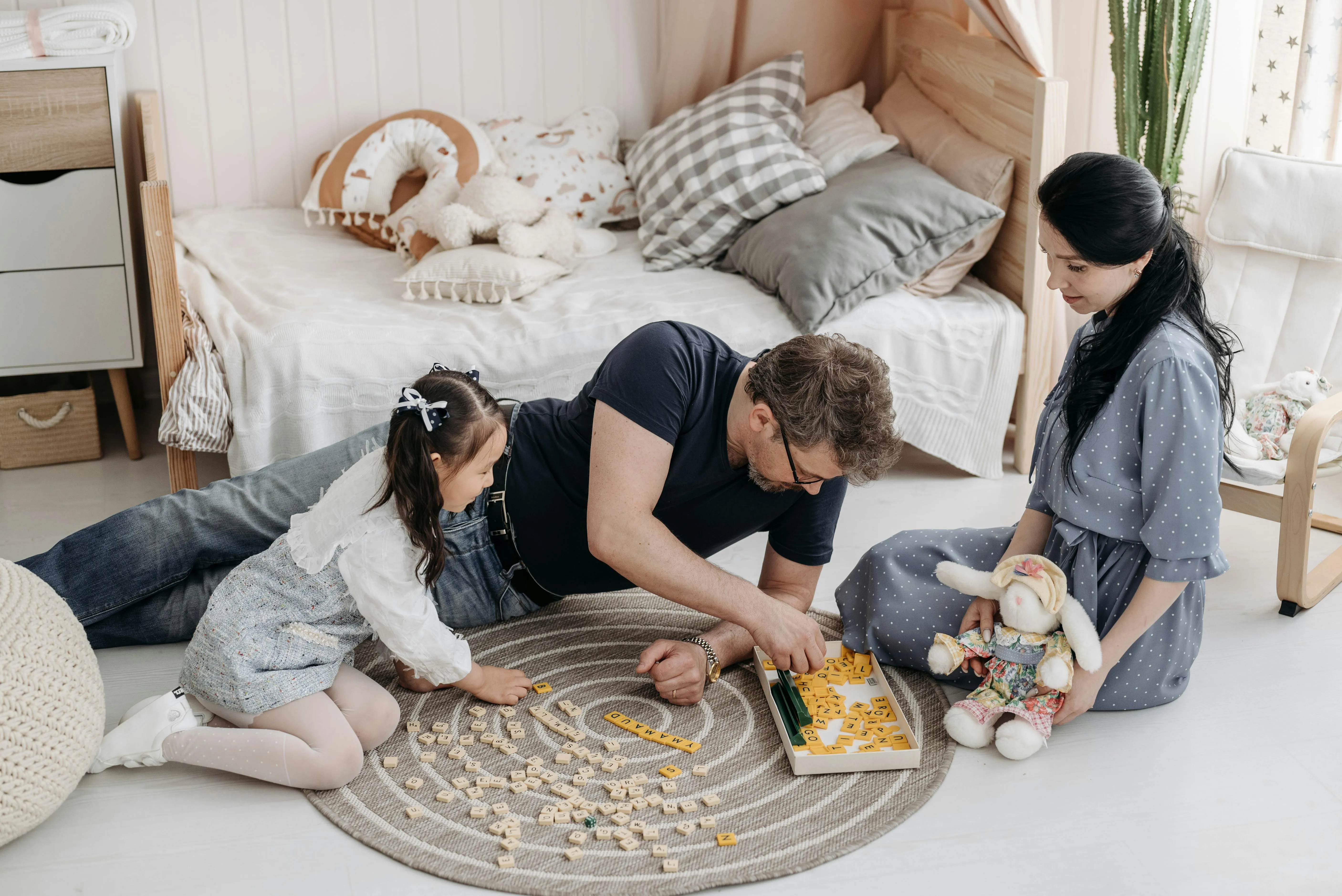Creating the “Midas Touch” in Your Blended Family
Building a strong family identity is crucial, especially in blended families. In this post, learn how to foster unity and purpose, creating bonds that last a lifetime through intentional and loving actions.
In every community, there are families that seem to have it all together—a strong marriage, successful careers, respectful children, and a level of unity that makes it look effortless. But if you’ve ever thought they were just lucky, think again. The truth is, these families are often purposeful in building a strong family identity, and it makes all the difference.

Creating a solid family identity in a blended family takes work, especially when the family includes children from different households. But the impact can be profound, uniting your family under shared values and a common vision. It starts with small, intentional efforts, but it can shape the way your children relate to each other, how they handle conflict, and even how they approach the world.
The “Law of the Parking Space” and Family Vision
Years ago, I stumbled upon an idea called the “law of the parking space.” It sounds silly, right? The premise is that if you picture a specific parking spot before you arrive, you’re more likely to find that very spot—or one very close. Skeptical, I tried it one busy Saturday at Walmart, and believe it or not, the exact space I pictured was open. It made me wonder what would happen if I visualized the life I wanted for my family.
This “law” isn’t magic; it’s about focusing your mind on a goal and aligning your actions to make it happen. The same approach can be applied to building a family identity. Envision the type of family relationships you want, then set intentions for achieving them.

Establishing Your Blended Family Identity
Blended families face unique challenges, but they also offer unique opportunities to form a strong, supportive unit. Start by thinking about the values and qualities you want to instill in your home. Maybe it’s kindness, perseverance, faith, or open communication. Write them down. Let your kids see these values in action, especially during family time.
Consider these ideas:
- Create Weekly Family Time: Dedicate a time each week to bond, whether through a shared meal, game night, or outing. Let each child take turns planning the activity, so they feel included and valued.
- Set the Tone Together: Be mindful of the words and tone you use. Model patience, kindness, and forgiveness. If co-parenting, establish consistent rules between homes where possible, and avoid letting the kids stir up house to house conflicts.
- Celebrate Wins and Small Victories: Whether it’s a good report card, overcoming a tough day, or simply showing respect to a sibling, take a moment to celebrate. These moments reinforce the idea that the family is there to support one another.
Purposeful Parenting and Setting Boundaries
In today’s fast-paced world, families often rush from one activity to another, barely spending quality time together. But families with a strong identity don’t let busyness undermine their goals. They’re intentional about setting boundaries and creating time for family connection. And while being a friend to your child has its place, remember that children need guidance and boundaries more than they need a buddy as they are growing up.
If you’re navigating a blended family, it’s especially important to set the tone and keep family time sacred. Prioritize it in your weekly routine and work with your spouse to ensure everyone’s on the same page.

Building Resilience Together
Raising a blended family isn’t without its challenges, but when you focus on a shared vision and give each family member a role in that vision, you create a sense of belonging that, hopefully, no amount of hardship can shake. It’s this sense of purpose that can turn an ordinary family into one that feels like it has the “Midas touch.”
If you get anything from this post, I hope it is by nurturing your blended family’s unique identity, you’re giving each family member a foundation to stand on and the resilience to thrive. It’s not about perfection; it’s about creating a space where everyone feels they belong and where each person’s presence and voice matter.
